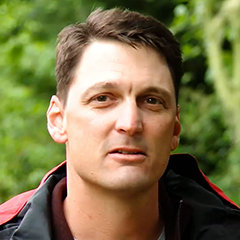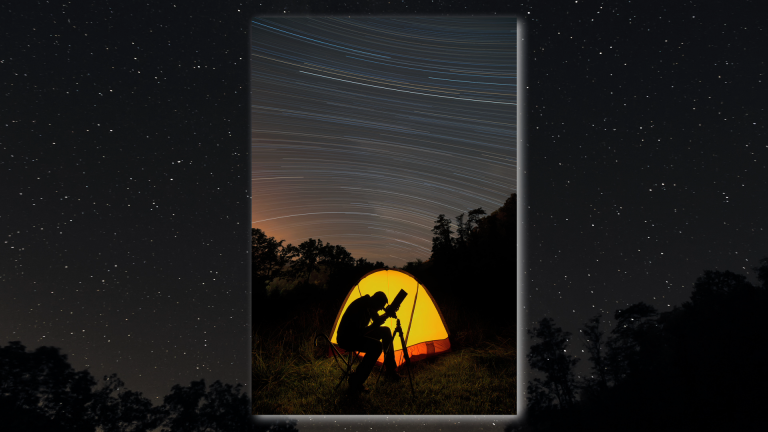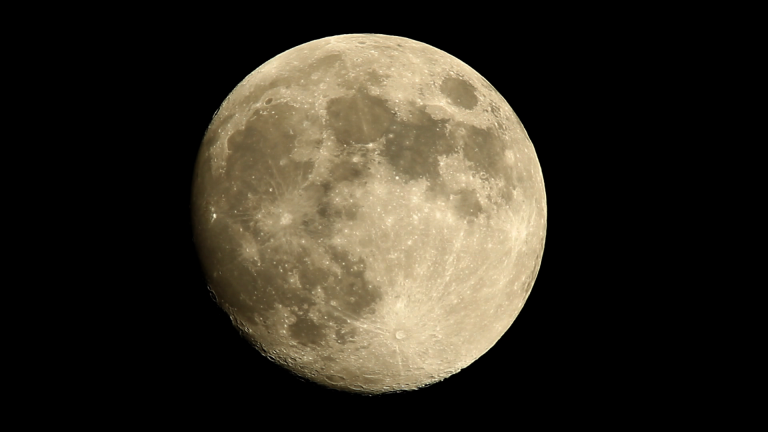
Tips and Techniques for Photographing the Moon
Doug GardnerFollow two experienced professional photographers in the field as they share their secrets on getting expert photos by the full moon after dark. Based on their years of experience and knowledge, Doug and Kevin give you scores of tips that will help you achieve the high quality photographs you desire.
This course session follows two expert photographers – Doug Gardner and Kevin Adams – as they are out in the field photographing the moon. They demonstrate how they take professional quality photographs of the full moon at night, and give tips on determining the time of sunset and moonrise, and how long after that you should wait for the optimum time for the highest quality images. You’ll get tips on shutter speeds, aperture settings, size and types of lenses, and how to manage settings in the dark. They also demonstrate how you can combine and enhance your photos for even more dazzling imagery.
See all of the videos in our How to Photograph the Night Sky Course:
- How to Photograph the Night Sky – Course Preview
- How to Take Pictures of the Night Sky: Beginning Set-up
- Tips and Techniques for Photographing the Moon
Premium Membership
Unlock exclusive member content from our industry experts.
- 24/7 Access to Premium Photography Videos, Tips, and Techniques
- Step-by-Step Instructional Demos and Guides
- 50% Off Video Downloads Purchased in the Outdoor Photography Guide Shop
- Access to Ask the Expert Program
Unlock exclusive member content from our industry experts.
- 24/7 Access to Premium Photography Videos, Tips, and Techniques
- Step-by-Step Instructional Demos and Guides
- 2 Full-Length Video Downloads to Watch Offline
- 50% Off Video Downloads Purchased in the Outdoor Photography Guide Shop
- Access to Ask the Expert Program
Gold Membership
$463 Value
Get everything included in Premium plus exclusive Gold Membership benefits.
- 24/7 Access to Premium Photography Videos, Tips, and Techniques
- Step-by-Step Instructional Demos and Guides
- 8 Full-Length Video Downloads to Watch Offline
- 2 Full-Length Photography Classes to Keep for Life
- "How to Shoot Creatively" Educational Track
- Discounts on Purchase-to-Own Content in the Outdoor Photography Guide Shop
- Access to Ask the Expert Program
- Exclusive GOLD LIVE Streaming Events


Share tips, start a discussion or ask one of our experts or other students a question.
Already a member? Sign in
No Responses to “Tips and Techniques for Photographing the Moon”